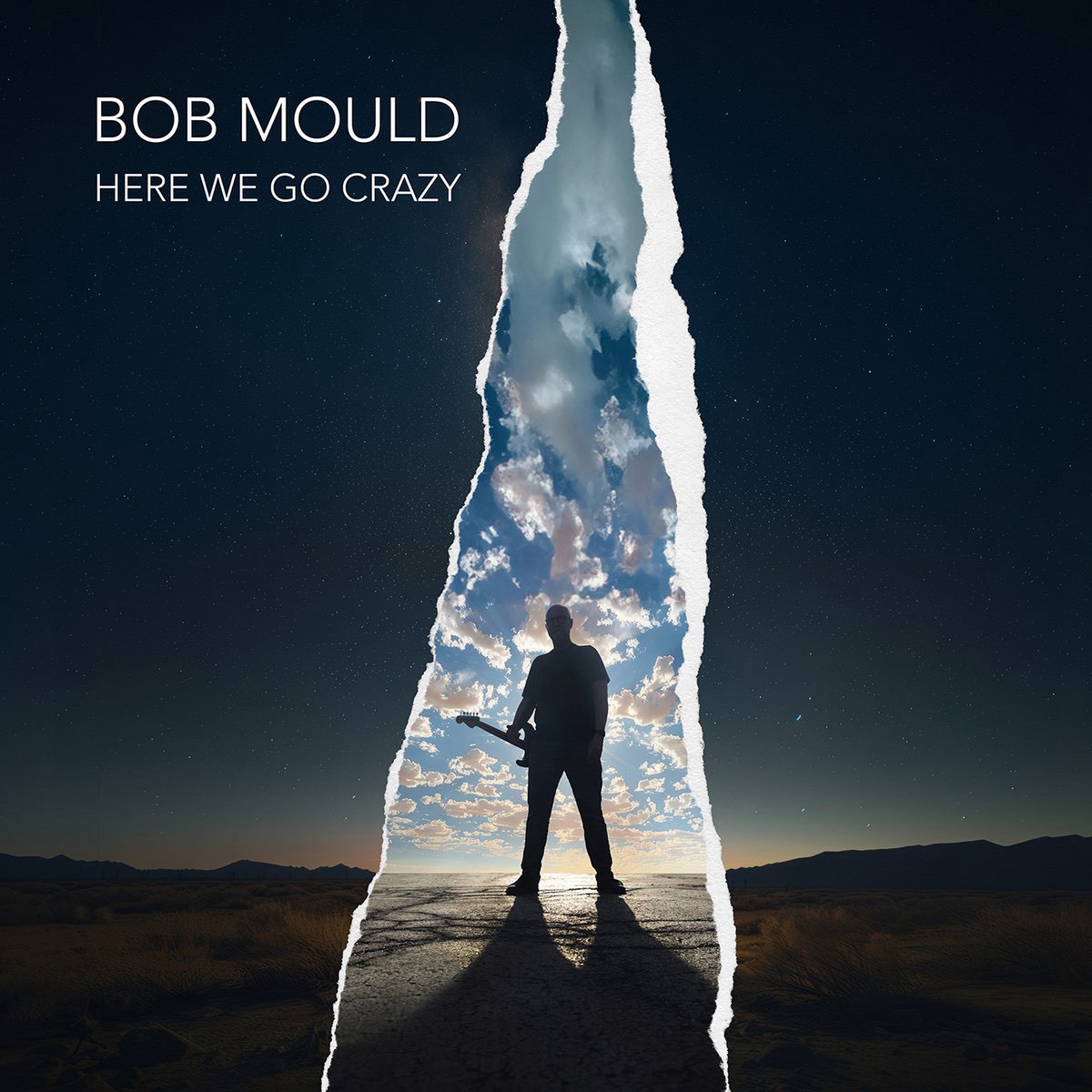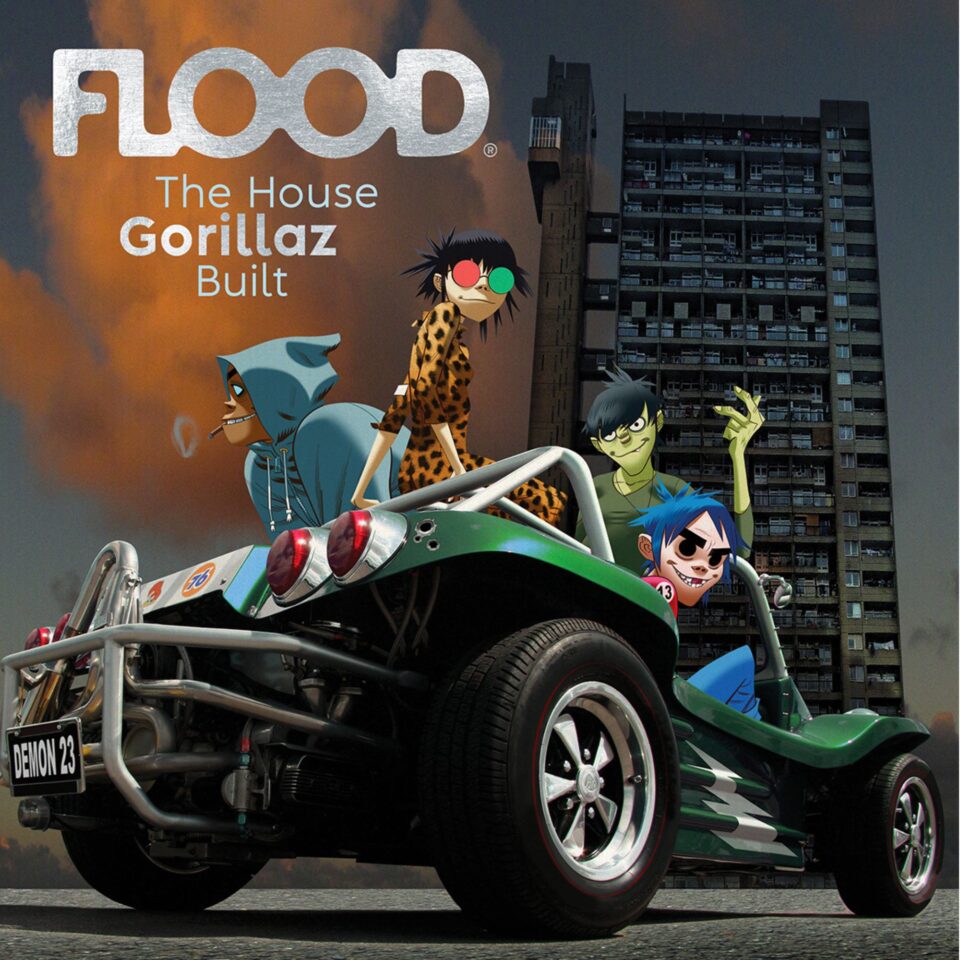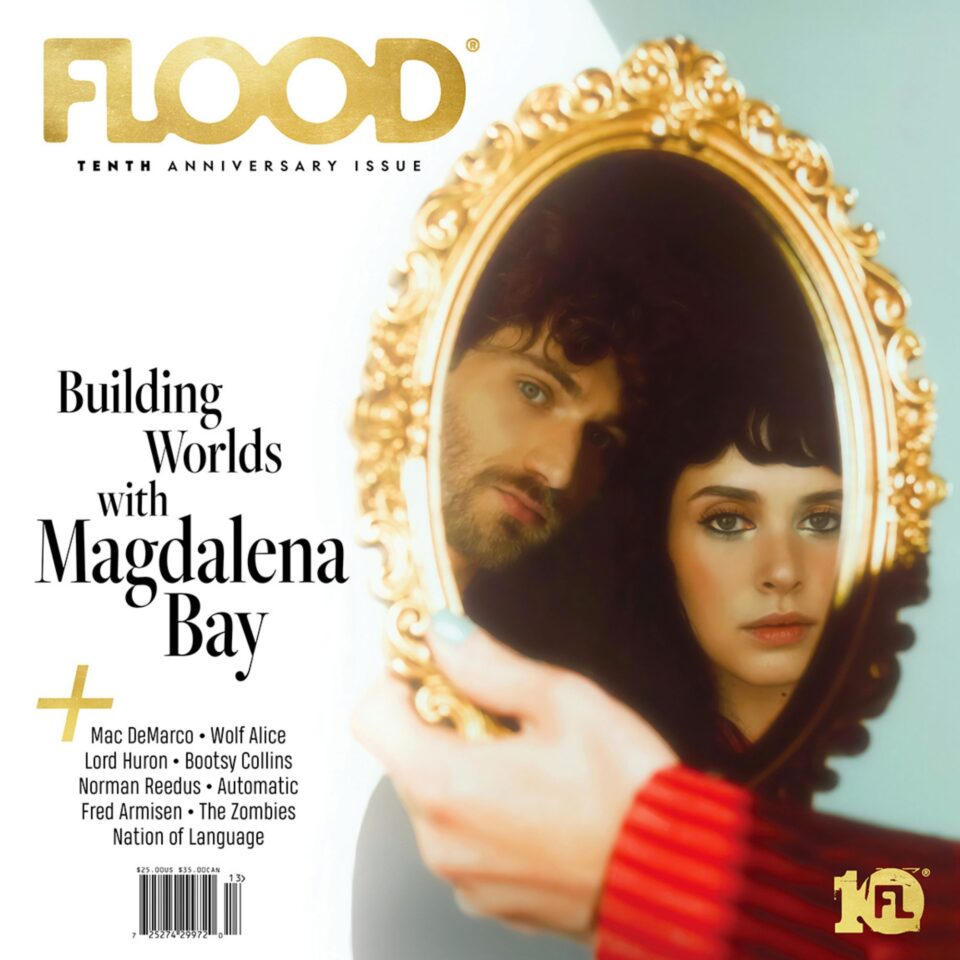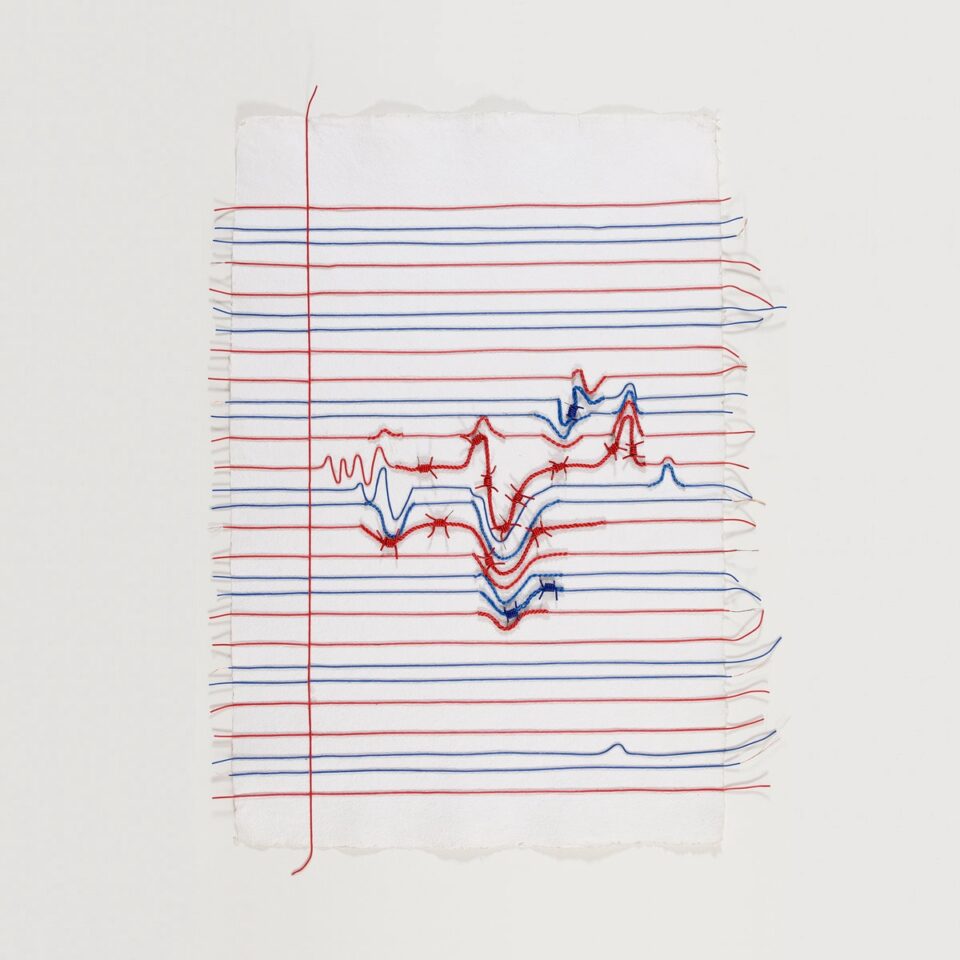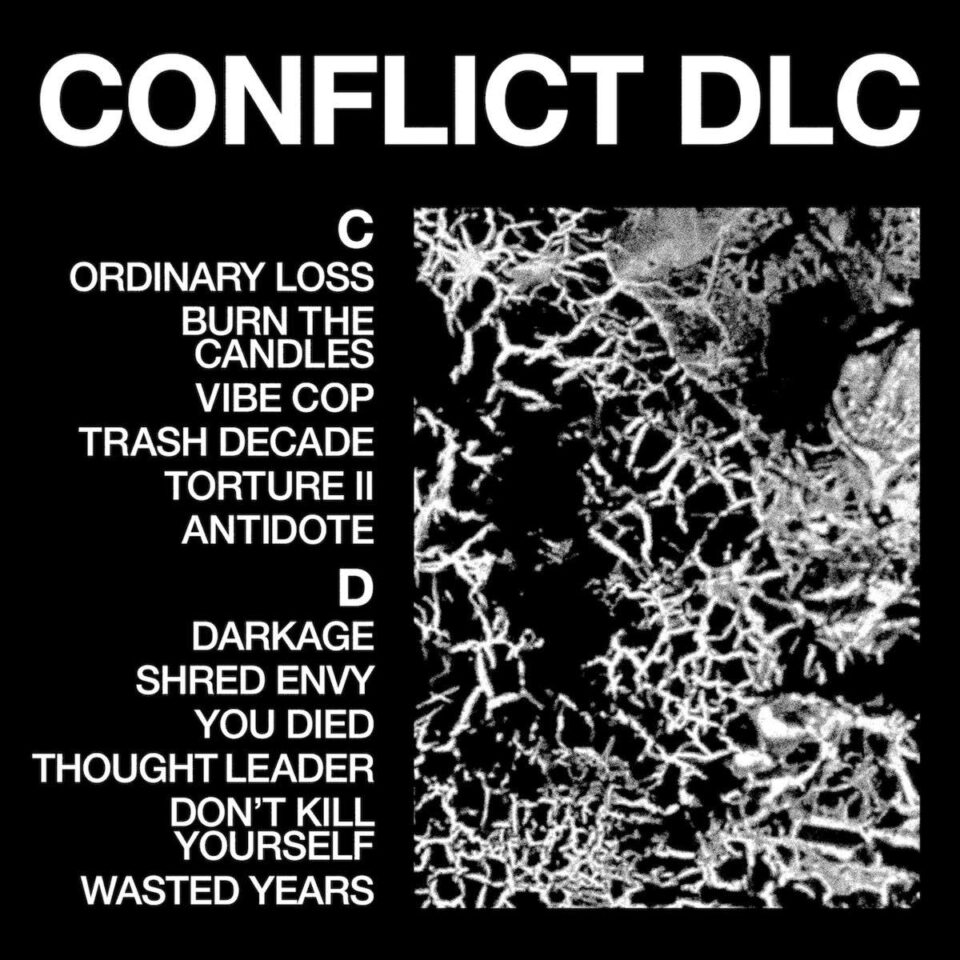Bob Mould
Here We Go Crazy
GRANARY/BMG
When Prince recorded his iconic song “Let’s Go Crazy” in 1983, it was an invitation to liberation, appearing in the guise of a raucous party anthem. Released over 40 years later, Bob Mould’s new song “Here We Go Crazy” is alike in its intent but distinct in its tone: Amidst skyscraping riffs and a wailing chorus, Mould describes a literal mountaintop experience, a chance to vanish from the world’s violent hustle and bustle, to recenter and recharge. Ever since the days of Hüsker Dü, Mould has sought to pluck moments of clarity from personal turmoil and malaise. As he’s gotten older, this quest has taken on an increasingly zen-like quality (when he sings “I can hear the chatter of a broken bowl of ivory,” it can’t help but feel like a monastic koan), even as his emotional health has become increasingly tied to the social and political climate.
Following 2020’s bruised Blue Hearts, Here We Go Crazy is explicitly pitched as a response to the unrest of early 2025. Luckily, a grim national mood does nothing to diminish Mould’s power-pop exuberance. As a craftsman whose tools are sugar-rush melodies and loud, crunching guitar riffs, Mould is a master with very few peers; throughout the new album he confidently summons instant-earworm hooks and visceral thrills, backed by his long-serving rhythm section of drummer Jon Wurster and bassist Jason Narducy. Working with this power trio, Mould has made another rip-roaring delight, worthy of comparison to Copper Blue, the landmark 1992 album he recorded with Sugar. This muscular band is the perfect engine for Mould’s taut, terse songs. They blaze through 11 tracks in just over half an hour, the pace seldom slowing—even when Mould goes acoustic on “Lost or Stolen,” Wurster keeps things lively with a gleeful thump.
But the band really finds its sweet spot on songs like “Sharp Little Pieces,” where a scuzzy, distorted prologue quickly opens up into two minutes of propulsive melody and driving riffs. Even better are “Fur Mink Augurs,” a hardcore-adjacent maelstrom of snarl and thrash, and “When Your Heart is Broken,” featuring one of Mould’s most immediate sing-along hooks. The very title of that song suggests that the mountaintop experience that opens the album fades fast: Here We Go Crazy quickly crashes back into reality, where Mould’s lyrics gesture often toward the claustrophobic, disorienting feeling of the era. “I worry for the future, I worry for the pain / I worry myself sick about the wear and tear and strain,” he sings on standout “You Need to Shine,” and the surrounding songs maintain a similarly fretful posture.
I mean, can you blame him? As a mirror held up to cultural gloom, Here We Go Crazy offers a suitably disconsolate picture, and moments of refuge are few and fleeting. Fortunately, moments of catharsis abound. Mould’s got a right to rage, and his gift to the world is doing so in a way that’s unerringly tuneful, impassioned, and exhilarating.

